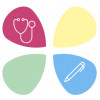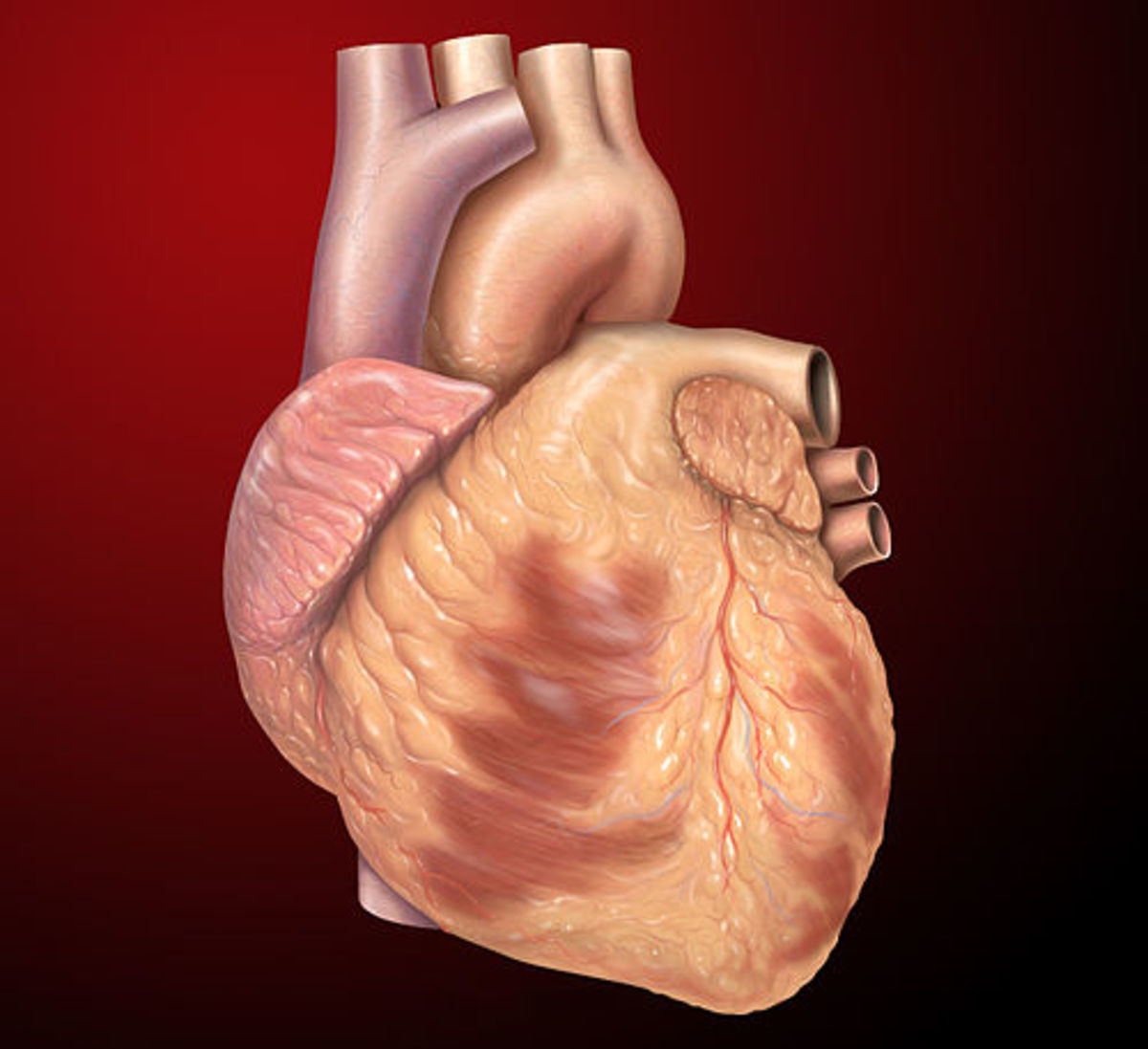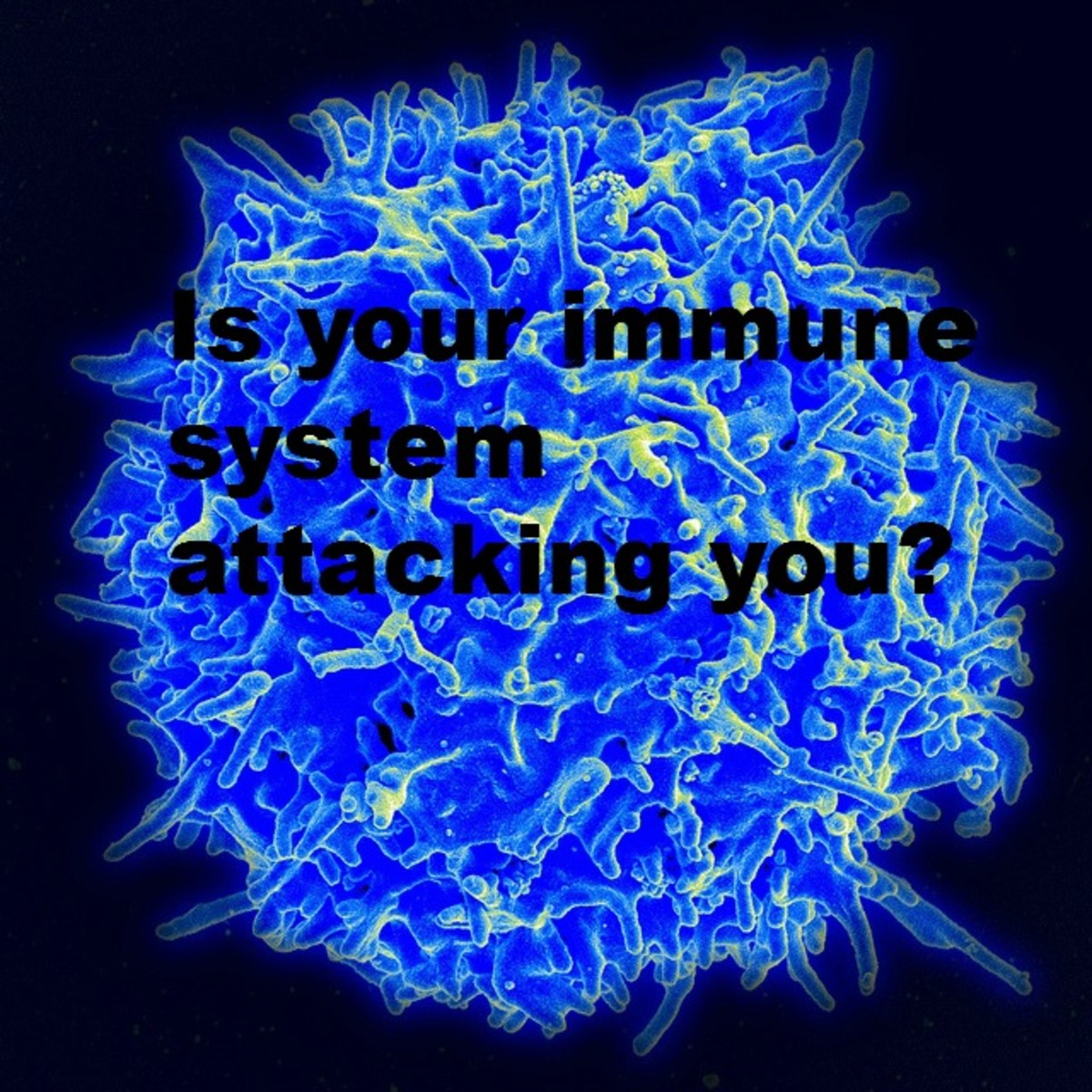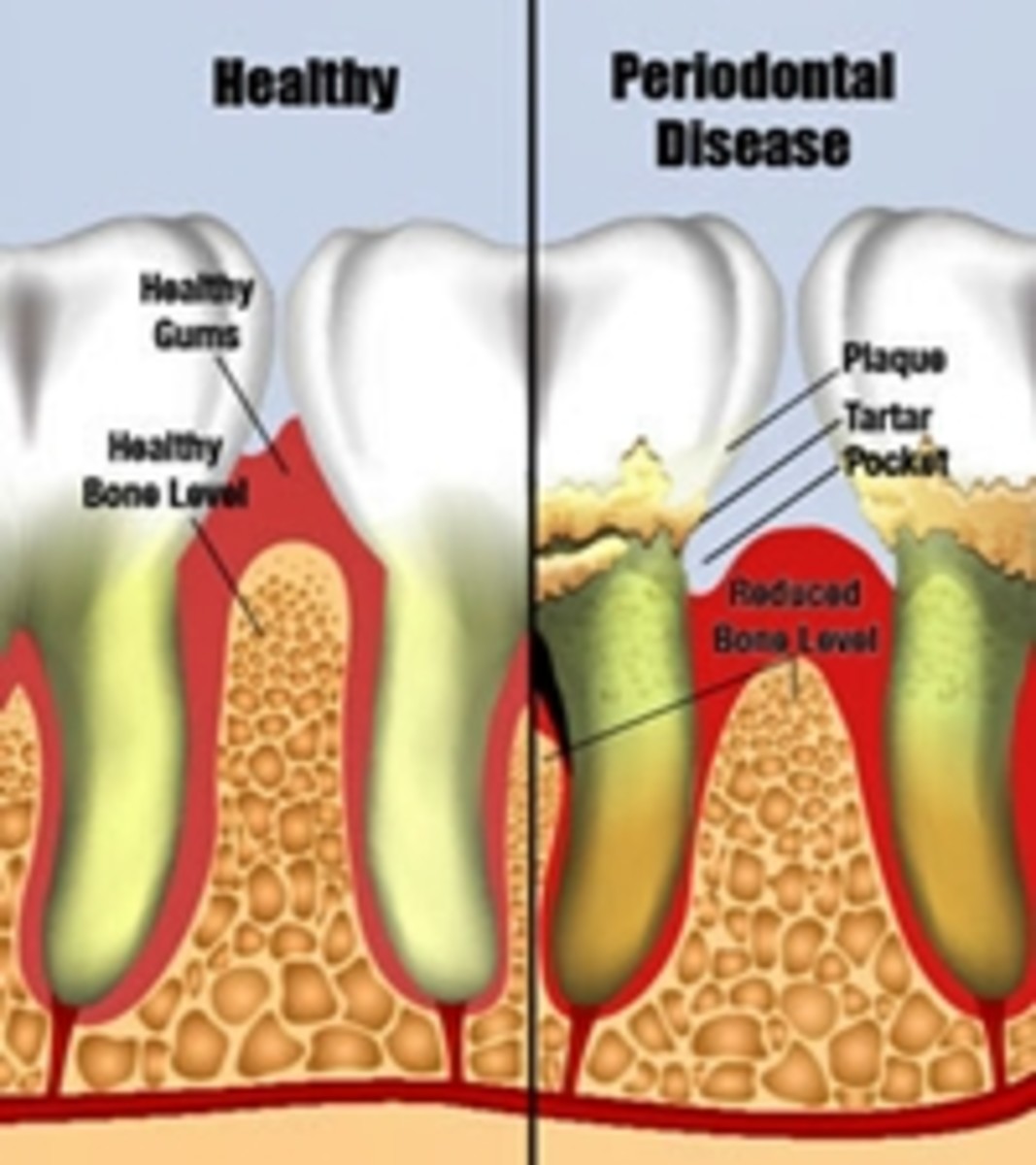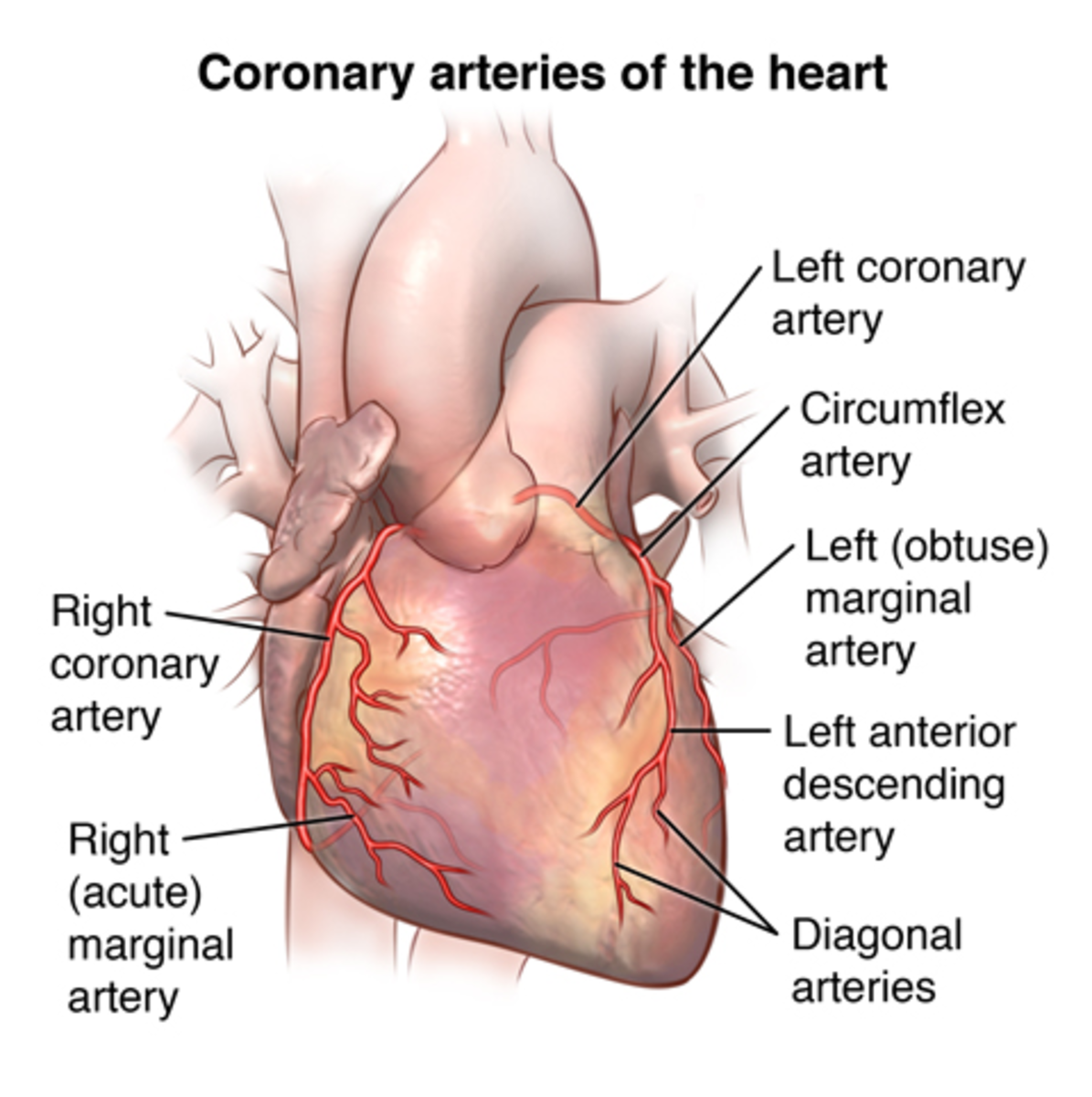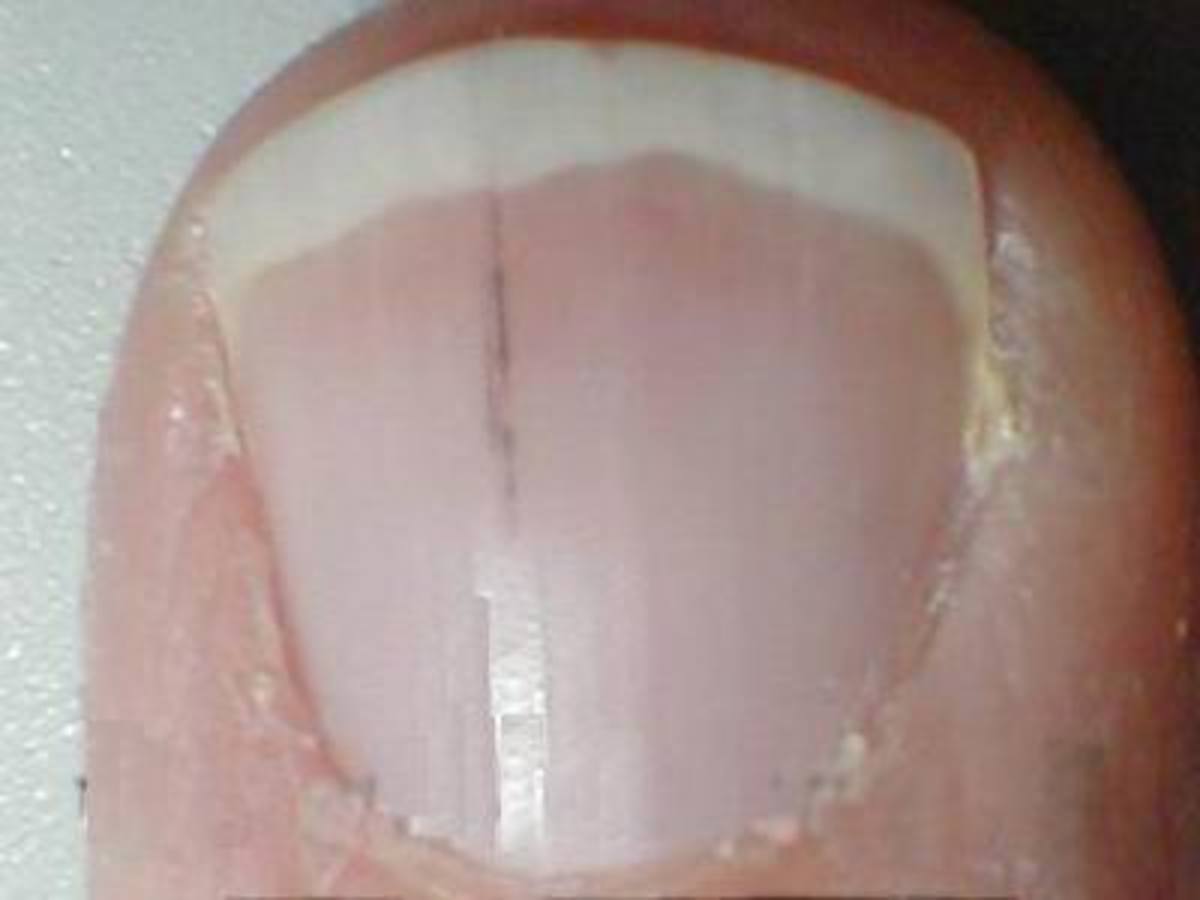Coronary Artery Disease: The World's Leading Cause of Death
Heart disease is the leading cause of death worldwide and coronary artery disease alone accounts for millions of deaths each year. On an optimistic note, heart disease is largely preventable. According to the CDC (Centers for Disease Control and Prevention), "one-quarter of all deaths from heart disease and stroke are preventable". The first step in prevention is arming ourselves with knowledge to help us make the right decisions to improve our health.
This article gives an overview of coronary artery disease.
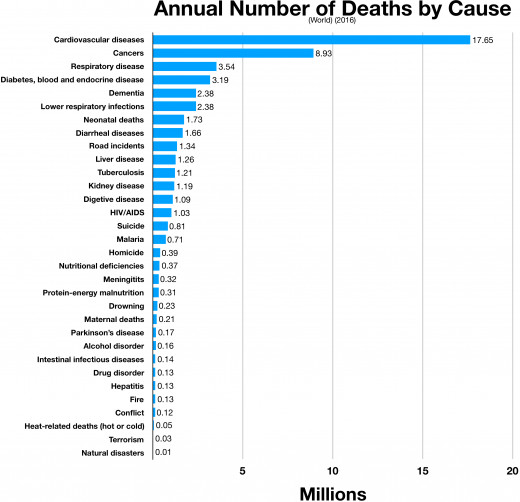
One-quarter of all deaths from heart disease and stroke are preventable
— CDC
Definition
Coronary artery disease happens when the arteries which supply your heart with blood (coronary arteries) become blocked, narrowed or hardened. This prevents enough blood from reaching your heart.
Arteries are like smooth flexible tubes that connect your heart to all your body parts. Blood flows from your heart, carrying oxygen and nutrients to all your body parts through these arteries. All body parts including your heart need blood to be able to do their job. So, even though your heart is filled with blood, it still needs blood through its own special arteries to be able to pump.
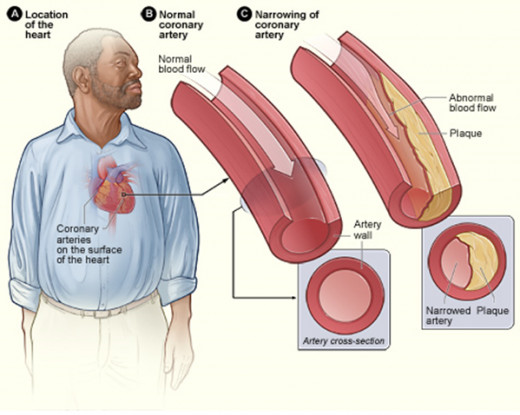
Coronary artery disease usually happens slowly as fat builds up in your smooth artery walls forming plaques.
This fat builds up with other substances and is called atherosclerosis.
Atherosclerosis makes it difficult for blood to flow freely in arteries because it makes them narrow and unable to dilate or stretch.
Risk factors
Having any of these factors may increase your risk of having coronary artery disease.
Genetic risk factor
If you have a family member or close relative with heart disease, you may have a genetic risk factor.
Hypertension
i.e. Raised blood pressure.
Diabetes
i.e. A chronic disease in which your body cannot process food properly leading to high blood sugar and other health problems.
Obesity
i.e. Weight that is considered higher than the average healthy weight (caused by excess fat) that leads to health problems.
Sedentary lifestyle
i.e. Infrequent exercise and physical activity.
An unhealthy diet
i.e. A diet high in sugar, salt, and saturated fat.
Smoking
Psychological stress
Symptoms
Early in the disease, you may have no symptoms.
As your arteries become narrow, less blood flows through them. So, when your heart needs a lot of blood to do extra work like exercising or after eating, you may begin to have symptoms like chest pain or shortness of breath. These symptoms are usually relieved by rest.
Symptoms may come in the form of:
Chest pain or Angina which may have different characters like:
•A sense of heaviness, as if something is pressing on your chest
•A burning sensation in your chest often confused with heartburn
•A squeezing feeling
•A dull ache
•Numbness
Pain may extend to your shoulder, jaw, back or arm.
You may also feel any of these symptoms:
Shortness of breath also called dyspnea
Nausea (feeling light-headed and dizzy like you need to vomit)
Skipped heartbeats
Sweating
If the surface of a plaque deposit breaks, a blood clot will form which will block the blood from flowing to your heart suddenly causing a heart attack, also called an acute coronary syndrome.
When to call an ambulance
You will know that you are having a heart attack if your symptoms happen while resting or after stress/exercise/eating but don’t disappear by resting for ten minutes.
In this case, you need to see a doctor immediately! Call your local emergency number to get medical help as soon as possible.
Diagnosis
Your doctor will take a detailed history of your symptoms, assess your vital signs (heart rate, blood pressure, respiratory rate, and temperature), and perform a physical examination before ordering tests.
Then, they will assess your ECG (electrocardiogram) which records the electrical activity of the heart for changes caused by coronary artery disease.
According to your condition, your doctor may ask you to do any of the following tests or imaging procedures.
Stress tests
To detect changes that only happen when your heart is put in a stressful situation such as exercising or by certain drugs which increase your heart rate. These tests may be done with the help of ECG monitoring, echocardiography (cardiac ultrasound imaging) or nuclear scanning with the help of CT (computerized tomography).
Imaging modalities
ECHO (ultrasound imaging of the heart)
Cardiac CT (computerized tomography)
Cardiac MRI (magnetic resonance imaging)
Cardiac catheterization and coronary angiography
Treatment
After your diagnosis, your doctor will decide on a treatment plan. It is important to understand that coronary artery disease is a chronic disease; which means that it doesn’t heal completely.
However, treatments can help relieve symptoms and reduce your risk of complications.
You will have to continue with your treatment plan even if you feel better or stop having symptoms.
Treatment often starts with lifestyle changes like:
- Not smoking
- Daily exercise
- Trying to limit stress
- Eating healthy food (fruits, vegetables)
- Cutting back on salt and sugar.
- Avoiding processed foods (ex: processed meat, cheese, trans fats (margarine)
Medical Treatment
Some medicines/drugs can help control your disease like:
- Blood thinners (like Aspirin) to help prevent clots from forming over your coronary plaques.
- Drugs used to lower your cholesterol called statins
- Drugs to control your heart rate and lower your blood pressure like beta-blockers
- Drugs that dilate your coronary arteries allowing more blood to flow in them like nitrates
Coronary Interventions
In some cases, your arteries are too narrow or become suddenly blocked and your doctor may need to do a procedure called ‘catheterization’.
Your doctor inserts a thin tube in the artery of your hand or groin to reach the heart and coronary arteries.
The aim is to improve blood flow through your coronary arteries to your heart.
Your doctor may use a small balloon to stretch the artery walls in a procedure called balloon angioplasty.
In other cases, your doctor may insert a stent to hold open the artery walls to help blood flow better through them. A stent is like a metal frame which helps hold the artery walls open to allow blood flow through them.
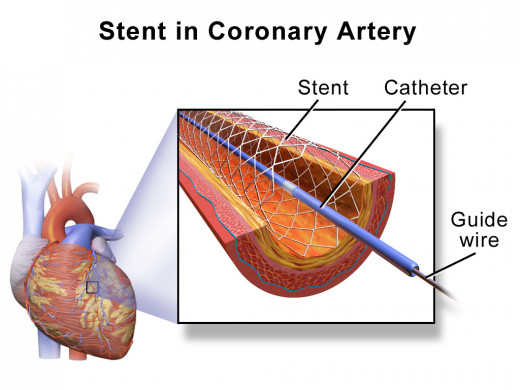
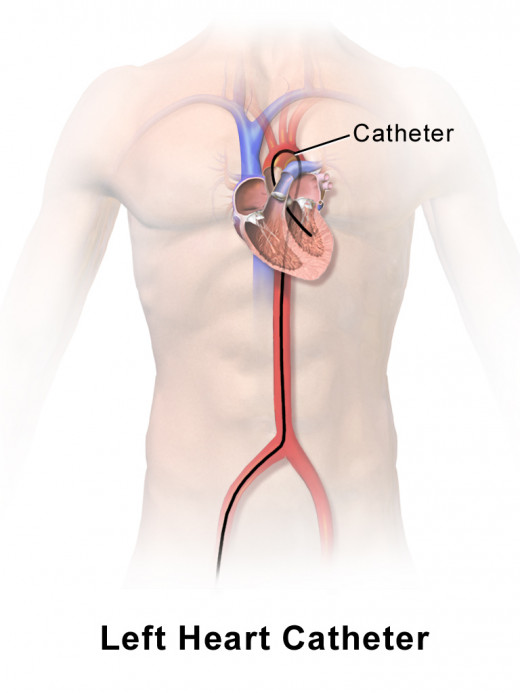
Coronary artery bypass surgery
Sometimes an artery or several arteries are too blocked that even a stent won’t work.
In these cases, we need another way for the blood to flow across the blocked part to the heart.
Doctors use blood vessels from other parts of the body to make bridges over the blocked parts so that blood can flow through them instead. This ensures that enough blood reaches your heart despite the blockage.
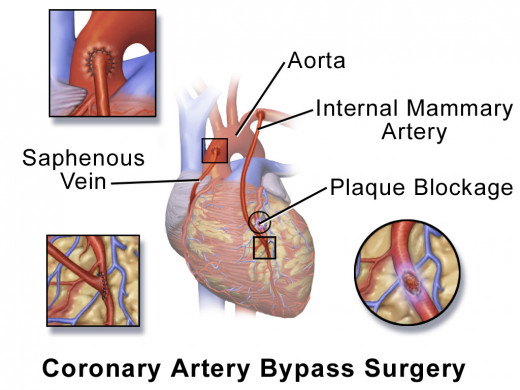
Next steps
Although some risk factors are out of your control, you can make active changes to live a healthy life.
If you have risk factors for coronary artery disease or are diagnosed with it, follow these tips to help your heart health:
- Eat healthy food
- Exercise regularly
- Maintain a healthy weight
- Control your blood pressure
- Control your blood sugar if you have diabetes
- Take your medications regularly
- Practice stress-relieving exercises like yoga or meditating
- Get support from your friends, family or even a therapist if you think your illness is making you anxious or depressed.
Speak to your doctor if you are concerned about your symptoms, have questions, or would like to know more about coronary artery disease.
Having heart disease may be frightening, but with the right support and treatment, you can live an active, healthy life.
Sources
Preventable Deaths from Heart Disease & Stroke. (2013, September 3). Retrieved March 2020, from https://www.cdc.gov/vitalsigns/heartdisease-stroke/index.html
The top 10 causes of death. (n.d.). Retrieved March 2020, from https://www.who.int/news-room/fact-sheets/detail/the-top-10-causes-of-death
Coronary Artery Disease. (2019, December 9). Retrieved March 2020 from https://www.cdc.gov/heartdisease/coronary_ad.htm
Coronary Artery Disease | CAD. (2020, April 30). Retrieved March 2020, from https://medlineplus.gov/coronaryarterydisease.html
Steinbaum, S. R. (2019, October 14). Coronary Artery Disease: Symptoms, Causes, Diagnosis, Treatment, Complications. Retrieved March 2020, from https://www.webmd.com/heart-disease/guide/heart-disease-coronary-artery-disease#2
Cardiac catheterization. (2019, June 4). Retrieved March 2020, from https://www.mayoclinic.org/tests-procedures/cardiac-catheterization/about/pac-20384695
Coronary bypass surgery. (2018, October 24). Retrieved March 2020, from https://www.mayoclinic.org/tests-procedures/coronary-bypass-surgery/about/pac-20384589
Coronary heart disease-prevention Retrieved March 2020, from https://www.nhs.uk/conditions/coronary-heart-disease/prevention/
This content is for informational purposes only and does not substitute for formal and individualized diagnosis, prognosis, treatment, prescription, and/or dietary advice from a licensed medical professional. Do not stop or alter your current course of treatment. If pregnant or nursing, consult with a qualified provider on an individual basis. Seek immediate help if you are experiencing a medical emergency.
© 2020 Marwa S
